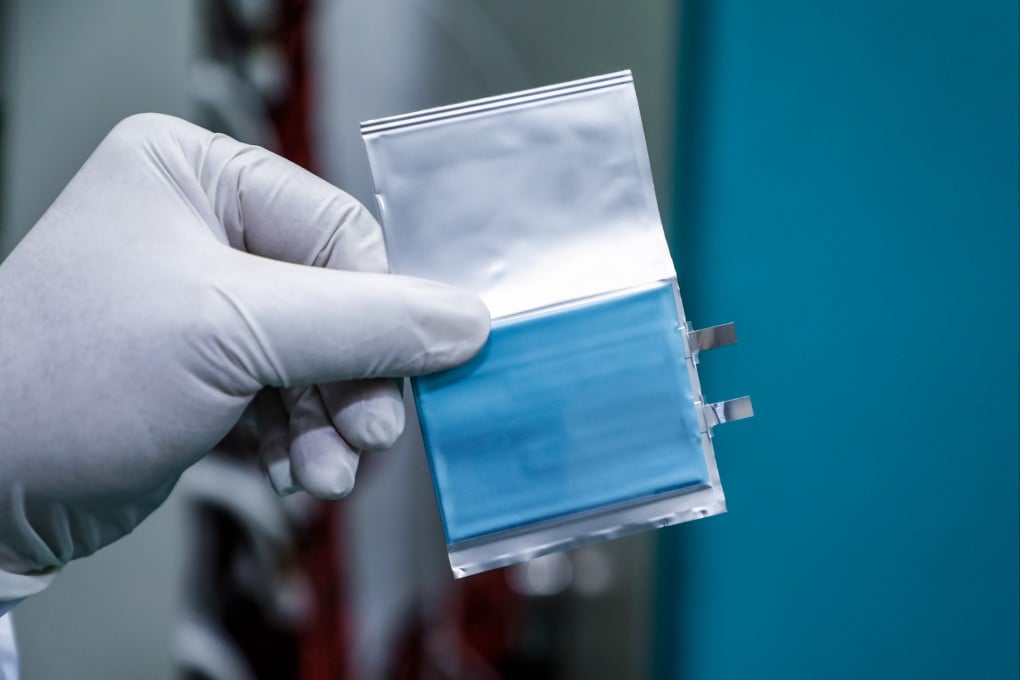Advertisement
Chinese scientists produce a powerful winter-proof lithium battery
- A new electrolyte has been developed that allows lithium-ion batteries to operate in temperatures as low as minus 80 degrees Celsius
- The development solves issues around operating and charging batteries for use in electric vehicles and aviation in extreme temperatures
Reading Time:2 minutes
Why you can trust SCMP
66

A new electrolyte that allows lithium-ion batteries to charge and operate in temperatures as low as minus 80 degrees Celsius (minus 112 degrees Fahrenheit) has been developed by Chinese scientists.
Their work, which also uncovered a previously unknown ion transport method within batteries, could pave the way for creating high-energy batteries capable of operating in extreme conditions.
These batteries could be used in a wide array of applications, including electric vehicles, aviation, marine electronics, railways, polar exploration and telecommunications, according to Fan Xiulin, a professor at Zhejiang University and one of the lead scientists behind the development.
Advertisement
Lithium-ion batteries have been limited for use in low-temperature environments because it is “virtually impossible” to create a battery that can simultaneously have high energy density, have a wide operating temperature and be fast charging.
One of the reasons is because an electrolyte – a battery component that transfers ions between electrodes – enabling all of these aspects requires contradictory properties.
Advertisement
But such a battery could become a reality using a new electrolyte detailed in a paper published on Wednesday in the peer-reviewed journal Nature.
Advertisement
Select Voice
Choose your listening speed
Get through articles 2x faster
1.25x
250 WPM
Slow
Average
Fast
1.25x